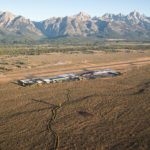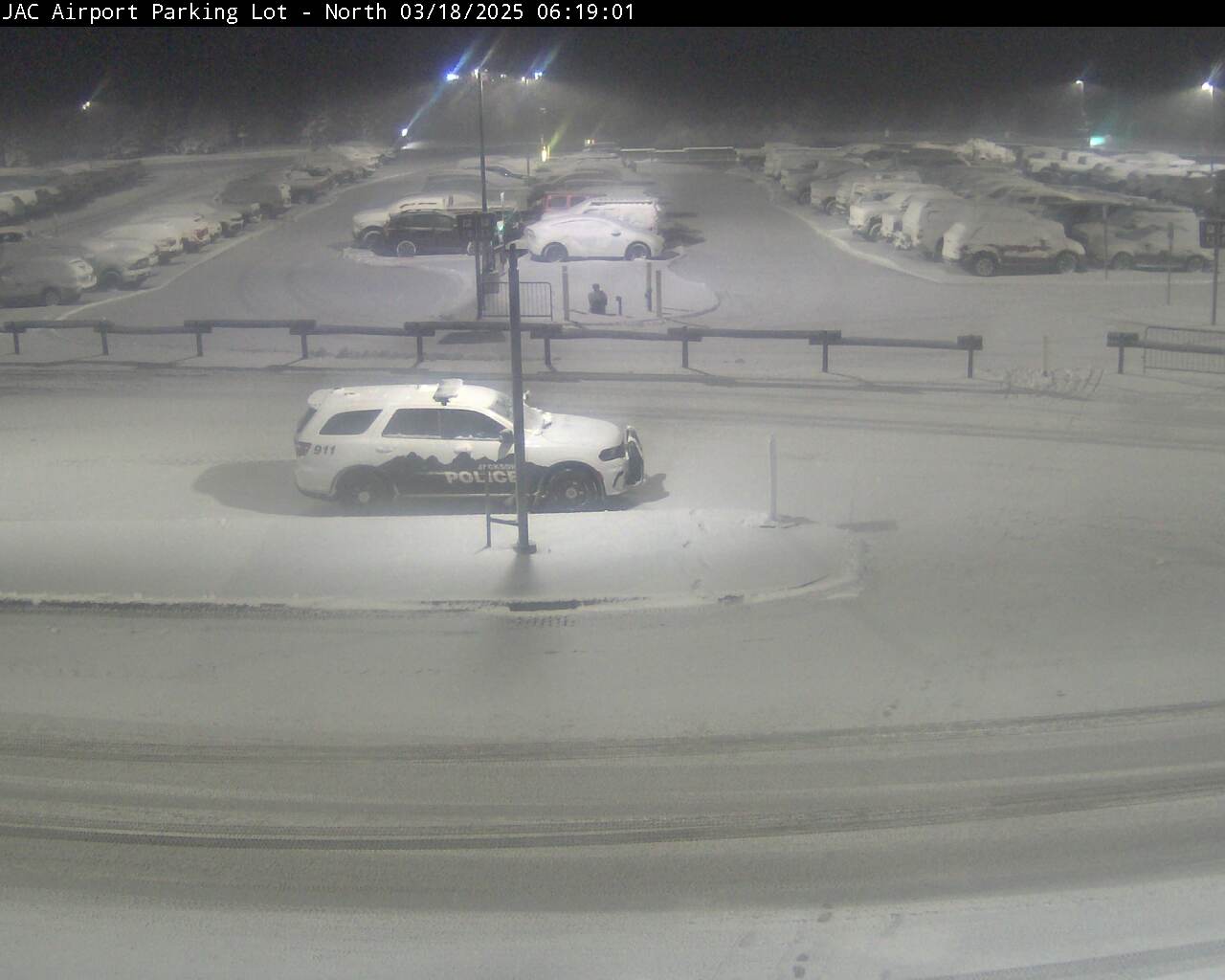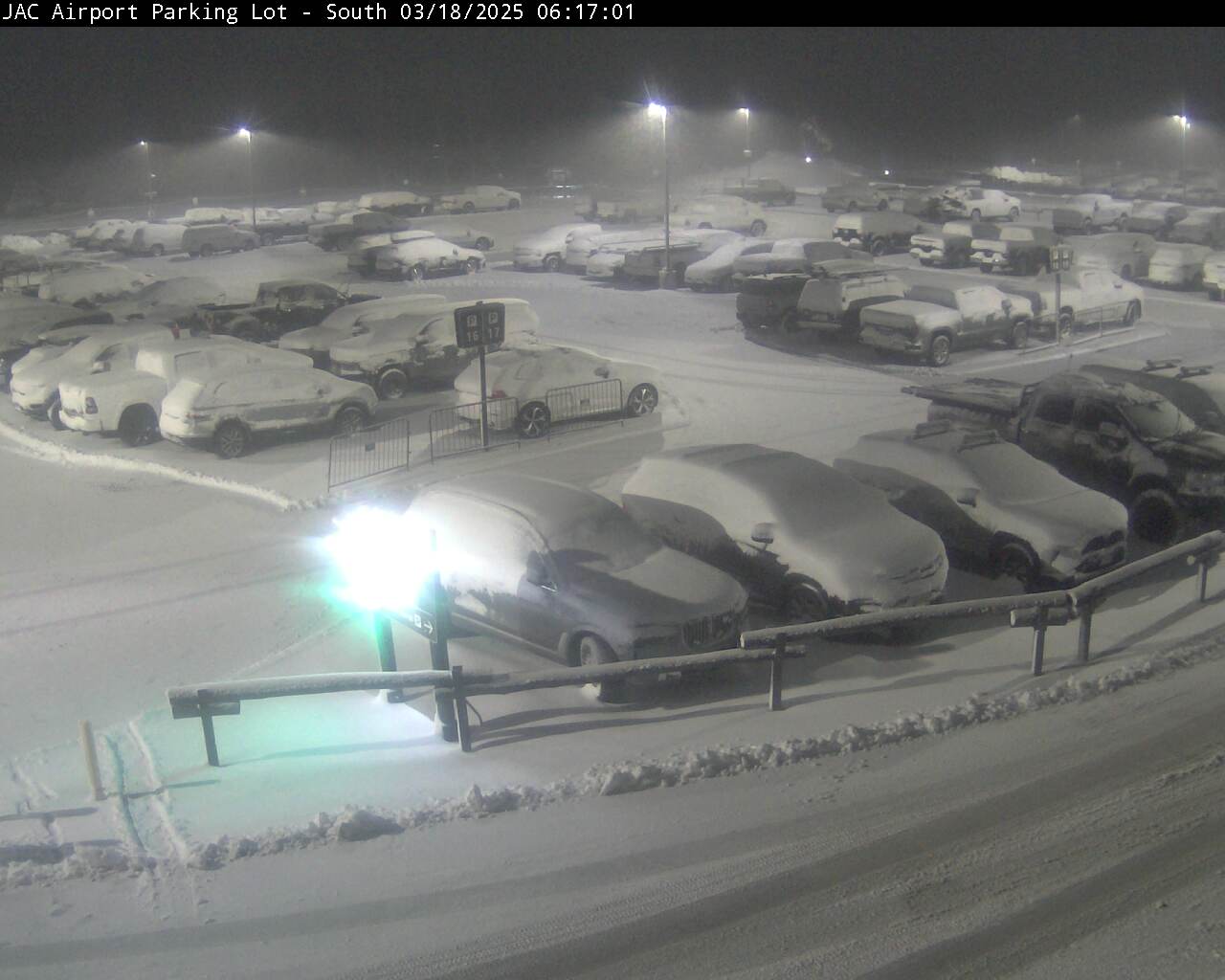History of the Jackson Hole Airport
In 1955 the National Park Service issued a Special Use Permit (Use Agreement) leasing the airport site to the Town of Jackson and Teton County, jointly, for the operation of an airport for 20 years. It wasn’t until 1968 that the Town of Jackson and Teton County created the Jackson Hole Airport Board (a joint powers board) to operate the Airport. In 1969 the National Park Service allowed the Airport Board a renewal clause for the Special Use Permit.
The Airport Board and the Department of the Interior negotiated and signed a new Use Agreement in 1979. This Agreement reduced the land area of the airport from 760 to 533 acres, but reconfigured the Airport land to accommodate a possible northerly runway extension to 8,000 feet. To date, the potential runway extension has not been approved. The new Agreement also called for the Board to develop a voluntary noise abatement plan to route aircraft away from noise sensitive areas of the Park.
The Secretary of the Interior recognized the Airport Board as the sole “proprietor” of the airport in 1982. He also stated the “Jackson Hole Airport is necessary for the proper performance and functions of the Department of the Interior.” In November of 1982, the Airport Board negotiated and proposed replacement of the Use Agreement with the Park. The new agreement was signed in 1983 and would have expired in 2033. In 2013 the Board and the Park extended the Use Agreement to 2053.
Through the 1983 Agreement, the Airport was assured a long term existence in the Park. In exchange, noise limitations were imposed for the first time. In recognition of the Airport’s unique location within Grand Teton National Park, these noise limitations are more stringent than those required at any other commercial airport in the United States. The Jackson Hole Airport Noise Abatement Plan, developed under the provisions of Federal Aviation Regulation (FAR) Part 150, requires continued monitoring and updating to keep up with newer and quieter technologies. In 2007, the Airport successfully banned Stage II aircraft through Congressional action. More recently, the Airport worked with the FAA to develop and publish a NextGen approach in 2013. This new flight path has reduced flight time over noise sensitive areas of the Park.
In 2001, the Airport became one of only five airports in the Transportation Security Administration’s screening pilot program (PP5). After completing this program, the airport opted out of federal security screening and is one of only a few airports in the country with a private security workforce. In 2004 the PP5 program became SPP and the airport Board again contracted with TSA to provide security screening services at the airport.
The Airport started a major terminal expansion and remodel in June 2009. The first phase of the project was completed in December 2010. The project included 52,000 square feet of new space and 48,000 square feet of renovations. This construction doubled the size of the terminal building. In May of 2013 the Airport began phase 2 of the project, construction on a new baggage claim and administrative support building. Phase 2 added an additional 19,440 square feet to the terminal building and 11,000 square feet to the administration office. Both phases were completed at just under $50,000,000 with funding from a variety of sources including TSA, FAA, Wyoming Business Council, and WAC. The projects have received many accolades including the 2011 AIA Wyoming Chapter Award of Excellence, 2011 LEED Silver Certification from the US Green Building Council, and the 2014 AIA Institute Honor for Architecture Award.
Today, the Airport continues to make both airside and landside improvements, with a focus on supporting the local community, protecting the environment, and working collaboratively with Teton County, the Town of Jackson, and Grand Teton National Park.




